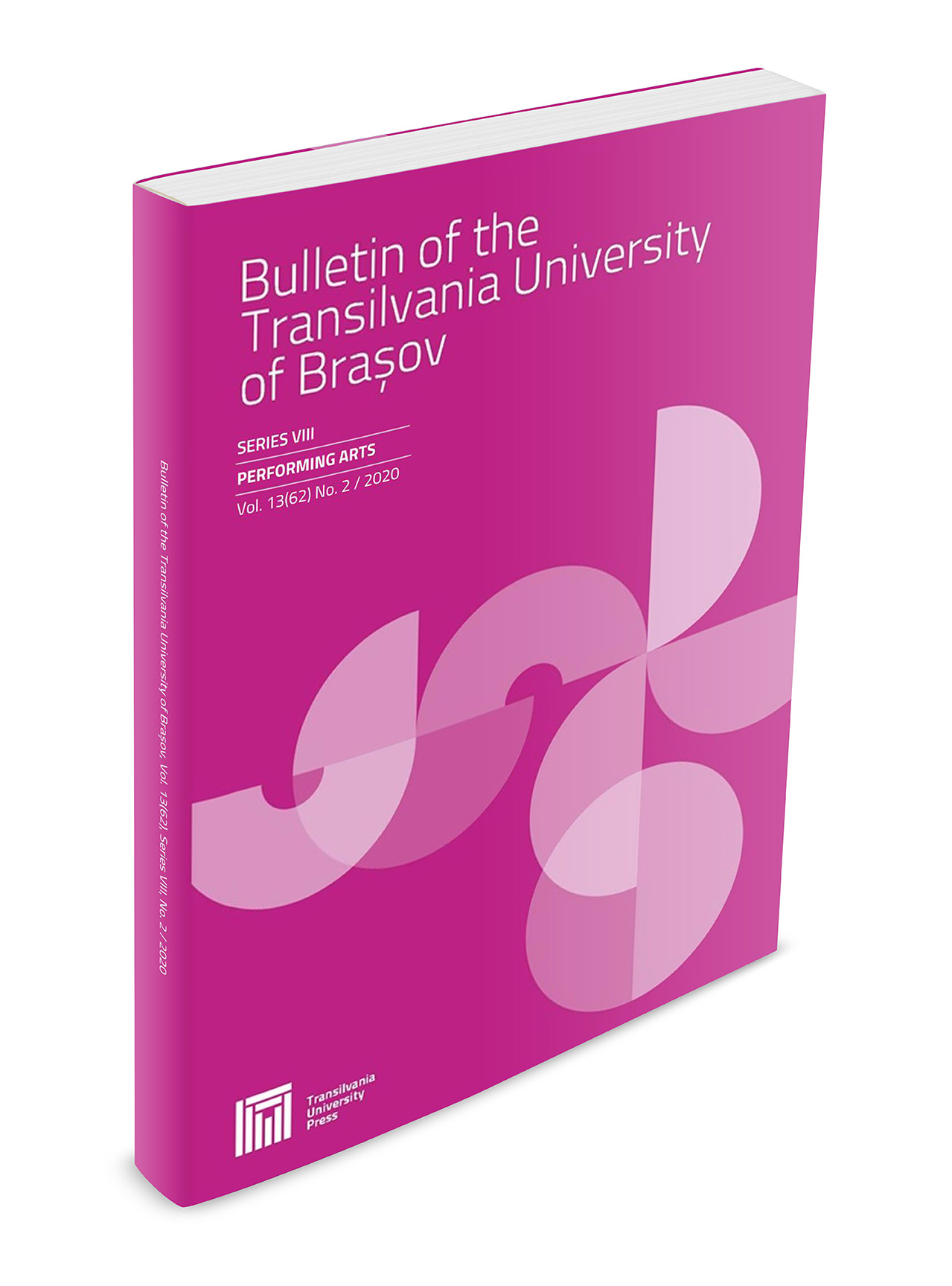Wilhelm Georg Berger’s Music: Elements of compositional style and instrumental techniques necessary for the public performance
DOI:
https://doi.org/10.31926/but.pa.2021.14.63.1.11Keywords:
tonality, modalism, serialism, compositional techniques, instrumental techniquesAbstract
The present paper approaches a part of the vast creation of a musician of certain value, to whom generations of players have a moral duty. The analyses of Wilhelm Berger’s sonatas for viola come to the help of those set on the road of an interpretative effort projected over these opuses. The purpose of this brief research is to investigate several elements of the metamorphosis of the compositional phenomenon in two of Wilhelm Georg Berger’s works: The Sonata for viola and piano op. 3 (1957) and the Sonata for solo viola op. 35 (1968). The particular way of processing musical material originates from his analytical and philosophical thinking. Berger’s compositional technique preserves the principles of the sonata genre structure in both works, using a totally different musical language in the Sonata Solo, 11 years later. The ethos of the music changes, therefore a series of instrumental techniques corresponding to musical expressions encountered in the text are proposed for a better understanding and performing Berger’s music.Downloads
Published
Issue
Section
License
Copyright (c) 2021 Bulletin of the Transilvania University of Braşov. Series VIII: Performing Arts

This work is licensed under a Creative Commons Attribution 4.0 International License.




